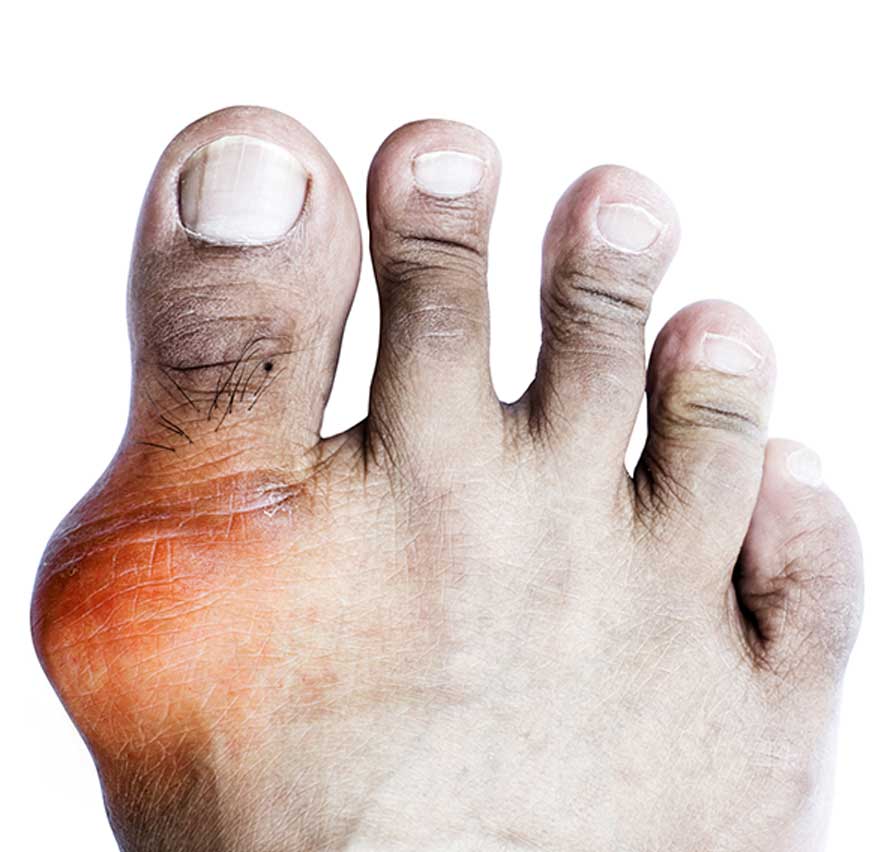
More common in women than men, bunions are a type of foot deformity that often forms around the big toe joint. Since it forces the big toe inward, a bunion can throw other toe bones out of alignment and cause widespread discomfort. Sometimes related to an inherited defect, bunions may eventually become painful enough for you to seek out care and treatment from the best bunion specialist in Los Angeles. Here’s what you can expect when visiting this type of specialist for bunion-related discomfort.
An Examination of Your Foot
The first thing the best bunion specialist in Los Angeles will typically do is perform a thorough examination of your foot that may involve moving your toe gently back and forth to determine if there is limited range of motion. You may be asked about your medical history as well since underlying conditions like arthritis and diabetes can affect your feet and present some unique considerations that may affect treatment recommendations. You can also expect to be asked about your symptoms. Common issues and symptoms associated with a bunion include:
- Swelling and redness around the big toe joint
- Corns or calluses
- Pain that’s either intermittent or persistent
- Limited big toe movement


Testing to Determine the Extent of the Deformity
An X-ray of your foot may be taken to determine the extent of the deformity. Other types of image tests may be done if it’s believed that other tissues may be affected as well.
Pain/Symptom Management with Conservative Treatments
Barring instances of extreme pain related to a severe big toe deformity that’s affecting nearby toes, the best bunion specialist in Los Angeles is likely to steer a patient toward non-surgical (conservative) treatment options before recommending surgery for bunions. If symptoms are mild, changing your footwear may be helpful. Foot pain caused by a bunion is sometimes manageable with over-the-counter or prescription pain or anti-inflammatory drugs. Additional conservative treatment options include:
- Swelling and redness around the big toe joint
- Corns or calluses
- Pain that’s either intermittent or persistent
- Limited big toe movement
Surgery If Non-Surgical Bunion Treatments Aren’t Helping
There are more than a hundred surgical procedures that may correct a bunion deformity. However, the most common procedure performed involves realigning the big toe joint. In some cases, swollen tissue around the affected joint may need to be removed. If the deformity is severe, it may be necessary to part of the big toe bone.
Another option is to surgically connect or “fuse” bones of the affected joint permanently to achieve the correct alignment. Some patients also need to have certain ligaments and tendons within the affected foot removed. Occasionally, implants may be inserted if the big toe joint needs to be reconstructed.
The best bunion specialist in Los Angeles is also likely to recommended preventative steps you can take to keep your feet healthy after having successful bunion treatment. This type of proactive foot care typically includes wearing comfortable and supportive shoes appropriate for your activities, keeping your feet dry, and regularly doing self-inspections of your feet so anything out of the ordinary can be spotted, diagnosed, and treated early.